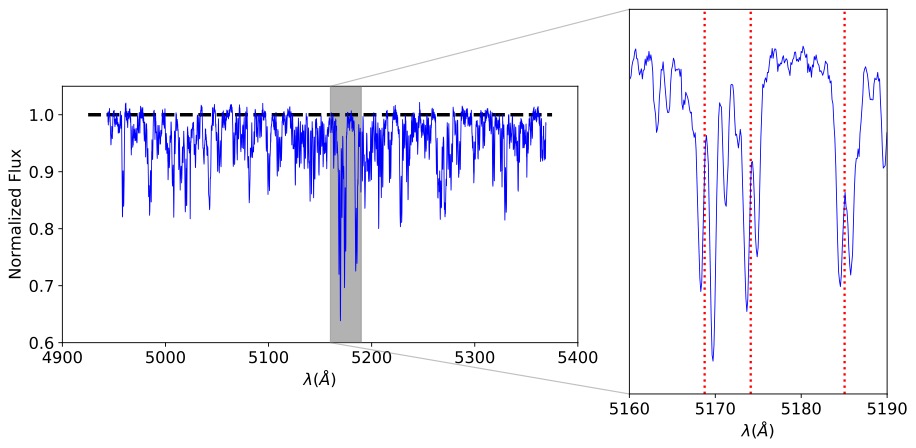You are here
Chinese researchers discover new spectroscopic binary, triple candidates
Chinese researchers have obtained 3,133 spectroscopic binary and 132 spectroscopic triple candidates, according to a recent research published in the Astrophysical Journal Supplement Series.

Figure: Example of the spectrum of a spectroscopic binary. (Credit: Chunqian Li)
About half of the stars in the Milky Way are in binary systems, according to the report. Through photometry and spectral observations, researchers can receive accurate orbital parameters, stellar mass and radius information of binary stars, which are crucial for studying the formation and evolution of stars and even the Milky Way.
Using the Medium-resolution Spectroscopic Survey (MRS) of the Large Sky Area Multi-Object Fiber Spectroscopic Telescope (LAMOST), astronomers from the National Astronomical Observatories of the Chinese Academy of Sciences accurately measured the radial velocities of the binaries and triples, of which 95 percent were newly-found multi-star systems.
The discovered spectroscopic binary and triple candidates account for 1.2 percent of the LAMOST-MRS stars, said the research article. (Xinhua)
The paper is available at https://doi.org/10.3847/1538-4365/ac22a8
